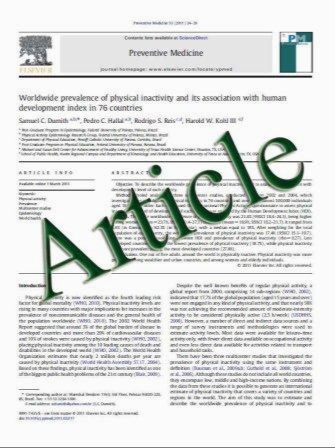Multimarker Strategies for Detecting NASH and NASH-Related Fibrosis: Promises and Caveats
- نوع فایل : کتاب
- زبان : انگلیسی
- مؤلف : Yusuf Yilmaz & Ramazan Kurt & Fatih Eren
- چاپ و سال / کشور: 2011
Description
The authors are to be congratulated for this timely, thought-provoking, and challenging study. Obviously, a single biomarker for detecting NASH and NASH-related fibrosis has an inherent specificity and sensitivity that cannot be improved, while multiple biomarkers can be combined to achieve improved clinical performances [2]. Furthermore, a multimarker approach can reflect the complexity of the biochemical network at the basis of NASH pathophysiology in a more reliable manner, helping identify new options for the clinical management of this widespread metabolic liver disorder [3]. Unfortunately, there are some important critical points that need to be discussed. First, the analytical performance of the different elements of a multimarker strategy can heavily influence the results. Second, the choice of biomarker combination is essential to the performance of the multimarker strategy. Importantly, comparisons of biomarkers measured on the same set of patients must account for their inherent correlation (subjects with increased values of one marker will likely have raised values of another). For example, Muzzillo et al. [4] have previously shown that TIMP1 correlated significantly with AST levels. Third, a multimarker strategy is limited by the proportional increase in economic burden; a cost-effective evaluation is therefore essential for clinical implementation. Fourth, the incremental usefulness of this type of approach remains a key issue and must be clearly assessed in routine clinical settings. Finally, to become a routine part of clinical practice, multimarker strategies should be easily transportable to different ethnicities and to diverse geographical locations. As a consequence, calibration of multimarker scores to current regional or local risk profiles is warranted.
OBES SURG (2011) 21:1316–1317 DOI 10.1007/s11695-011-0464-4 Published online: 12 June 2011


